9 Great Ways to Connect eBay and Amazon to WooCommerce (in 2020)
9 Great Ways to Connect eBay and Amazon to WooCommerce (in 2020)

Updated: 04/06/2020
Multichannel selling offers a fantastic way for you to reach more customers by expanding your reach. You do this by integrating your store with marketplaces such as eBay and Amazon, Etsy and Walmart – among others
As far as marketplaces go, eBay and Amazon are among the biggest. In this post, we want to examine why selling on these marketplaces would be beneficial for your store. Our true focus, however, is on solutions that allow you to implement this type of integration in your shop.
Feel free to skip down using the links below.
Let’s get started.
The Benefits of Connecting eBay and Amazon to WooCommerce
With traditional selling, your products and sales are hosted and processed on your website. While many retailers find success with this, it does require you to put a lot of effort into your marketing strategy in hopes of driving more traffic to your website and converting that traffic into sales.
With multichannel selling, you have the ability to bypass this marketing requirement and reach thousands if not millions of potential customers by accessing the traffic the marketplaces you connect to are already receiving. This is especially true with eBay and Amazon, both of whom offer among the largest marketplaces in the world. No matter what niche you are selling to, your customers ARE already searching on Amazon and eBay for your products. So why not tap into these customers that are already searching for your products?
The Pros & Cons of Selling on the eBay and Amazon Marketplaces
Pros
eBay.com is one of the most popular websites on the web. It ranks #40 on Alexa’s global site rankings and receives ~1 billion visits every month, according to SimilarWeb.
That’s how many customers you can potentially reach. In actuality, eBay has over 170 million active users that shop on the site every month and received over $10 billion in net revenue in 2018 alone.
Amazon.com does even better. It ranks #7 on Alexa and receives ~2.5 billion visits every month. It also earned over $230 billion in net sales in 2018.
This is the customer base you can potentially reach by listing your products on eBay and Amazon. Some retailers sell exclusively through these channels. But most use these marketplaces as an additional revenue stream in addition to the products they are already selling directly from their website. To put it simply, Amazon and eBay have a global marketing reach and traffic that you cannot replicate on your own independent site.
Order fulfilment infrastructure is another reason that sellers list on Amazon in particular. Using fulfilment by Amazon gives you access to Amazon’s vast fulfilment infrastructure, allowing you to deliver orders quickly and safely to the customer without having to worry about all of the associated problems that come with picking, packing and shipping your orders. Amazon also allow you to keep stock in international fulfilment centres, giving access to international customers.
Cons
Despite that vast traffic numbers accessing Amazon and eBay, if you sell a popular commodity product, it can be difficult to get your products noticed on these sites. This is due to how saturated every niche can become as a result of each marketplace’s consistent growth through the years and the increasing number of third party sellers listing their products. This is less of an issue if you sell a unique product as you can control the number of other distributors selling your product.
You’ll also be subject to each marketplace’s seller fees. The fees vary on eBay. Typically, listing in categories costs $0.35 if you have over 50 products. You’ll also pay a fee no higher than 10% on every sale. If you sell more than 40 items on Amazon, you’ll need to pay a $39.99 monthly subscription plus a fee on every sale you make.
One of the biggest potential disadvantages of selling on eBay and Amazon are these companies’ ability to terminate your account for a variety of different reasons, including issues not related to fraud or illegal activities. Some sellers have fallen fowl to having received poor reviews and find their accounts terminated quickly.
Even a simple mistake like attempting to open a seller account in a household that already has one can get you kicked off the platform. Sure, you have the option of having your case appealed and your account reinstated, but it’s a long and arduous process that requires saying the right things to the right people. So be careful.
But for most the investments and potential risks are more than worth it as the rewards can be excellent.
9 Best Ways to Achieve A WooCommerce, Amazon and eBay Integration
- Selro
Selro is a multichannel selling solution that integrates with one of the largest collections of integrations with ecommerce platforms available in the industry.
It also offers one of the largest collections of sales channels for you to integrate your shop with, two dozen to be exact. They include everything from eBay and Amazon to such channels as Walmart, Etsy, Rakuten, Tesco, Wish and more.
Key Features
- Create listings and apply changes to one channel that sync with additional channels automatically in real time.
- Manage your inventory efficiently and prevent overselling with automatic stock updates that sync between channels.
- Manage orders between channels in one central location.
- Print shipping labels and fulfill orders with your preferred courier.
- Integrate accounting software to manage your reports.
Pros
- Large collection of channels to integrate your store with.
- Manage eBay customer messages from the Selro dashboard.
- Base plan allows unlimited channels and products.
Cons
- No refunds.
Pricing & Support
Pricing starts at $99/month, and a 14-day free trial is available. Along with unlimited channels and products, you’re allowed up to 5,000 orders per month with this plan and are given access to every feature.
Support is available via email, chat and phone.
- Veeqo
Veeqo is a multichannel selling tool founded by a store owner who found it difficult to manage product listings and orders on multiple marketplaces. Matt Warren, the store owner, created Veeqo in 2013 as a solution to his own problem.
Veeqo integrates with major ecommerce platforms and offers support for nine sales channels, including eBay, Amazon, Etsy and Walmart.
Key Features
- Manage your entire inventory in one place, including synchronized stock, multi-warehouse routing and suppliers.
- Keep an eye on customer orders, returns, wholesale orders and revenue from multiple channels in one place.
- Included warehouse management software allows you to organize your inventory and locate products instantly.
- Print shipping labels, integrate your account with shipping couriers and track packages.
Pros
- Fantastic option for stores with large inventories.
- Large selection of sales channels and shipping couriers to integrate with.
- Integrates with accounting software to help you manage revenue and expenses.
- Helpdesk software integrations available.
Cons
- Expensive, even on the lower end.
- Some integrations, such as QuickBooks, cost extra.
- Support is only available during normal business hours, which is disappointing to see from such an expensive service.
Pricing & Support
Plans are based on the features you need while pricing for each plan is based on the number of orders you process. Processing up to 500 orders per month through Veeqo costs $195/month with the cheapest plan.
This plan only allows you to integrate your store with three sales channels. Some features, such as warehouse management, are only available in much higher and pricier tiers.
Support is available Monday through Friday between 9AM-5PM GMT and is offered via email, live chat and phone.
- Sellbrite
Sellbrite is a multichannel selling service co-founded by Brian Nolan and Michael Ugino. The two met in 2008 while working for a top-200 online retailer.
Mike worked with vendors while Brian was in charge of managing the company’s multichannel sales strategy. It was through this process that the two learned just how difficult it was to sell through multiple channels. They launched Sellbrite in 2014 as a solution.
Today, the service integrates with leading ecommerce platforms and allows you to connect your store to eight channels, including eBay, Amazon, Etsy, Walmart and Newegg.
Key Features
- List inventory and sync to multiple channels.
- Price and stock changes are synced automatically between channels.
- Print shipping labels from Sellbrite and fulfill shipments through integrations with various shipping couriers.
- View sales and inventory reports, and export data.
Pros
- Most features available for all plans.
- Multi-warehouse tracking available.
- Unlimited number of users available for all plans, even the cheapest.
Cons
- No integrations with accounting software.
- Can be pricey if you receive more than 100 orders per month.
- Support only available during set business hours.
Pricing & Support
Pricing starts at $49/month for stores with less than 100 orders per month. A 14-day free trial is available.
Support is available via email Monday through Friday from 8AM to 5PM Pacific Time. Phone support is available in the United States upon request.
- ChannelSale
ChannelSale was founded in 2007 with a goal of helping small businesses manage inventories and orders across multiple channels. The business has grown exponentially ever since, well enough to offer its services to medium and enterprise-level businesses.
It supports major ecommerce platforms and integrates with over a dozen marketplaces. These include eBay and Amazon but expand to Walmart, Best Buy, Overstock, Etsy and more.
Key Features
- Sync product listings to multiple channels and manage them in one place.
- Manage your inventory from all channels, including stock.
- Create feeds for your channels and update them on a schedule automatically.
- Manage orders from the ChannelSale dashboard.
- Fulfill shipments through an integration with ShipStation.
Pros
- Plenty of sales channels to choose from.
- Multi-warehouse management available.
- Unlimited users available on all plans.
Cons
- User interface is a bit dated in comparison to their competitors.
- Not all sales channels and integrations are supported by the cheapest plan, and it isn’t clear which ones are.
Pricing & Support
Pricing starts at $99/month for stores with fewer than 300 products and less than $3,000 in monthly revenue.
Phone, email and chat support are available on all plans as are live demo sessions. You can also purchase a 30-day trial for $1.
- Codisto
Codisto is a multichannel selling solution whose team has been developing ecommerce solutions since the early 2000s. This includes one of Australia’s most popular early eCommerce platforms. The team launched Codisto is 2014.
Along with WooCommerce, Codisto works with the biggest platforms in the ecommerce industry. It allows you to connect each one of these platforms to eBay and Amazon using their wordpress and woocommerce ebay connector plugin.
Key Features
- XpressGrid interface allows you to manage your entire catalog across multiple channels with ease.
- Changes made to one channel sync automatically to other channels in real time.
- Integrate products with additional channels seamlessly with attribute mapping.
- The system chooses the best categories for your products on eBay’s marketplace automatically.
- The Amazon ASIN Wizard allows you to find and match existing ASINs in Amazon’s catalog if any of the products you want to sell already exist in the site’s marketplace.
Pros
- Operates in WordPress, negating the need for you to learn an entirely new platform.
- Manage shipping rules and rates for eBay and Amazon.
- Fantastic price, especially for small businesses.
Cons
- Plans with no transaction fee per sale have limited product listing and order allowances.
Pricing & Support
Pricing starts at $29/month for unlimited product listings and orders, but you’ll pay a 1.9% transaction fee on every sale. Plans without transaction fees start at $59/month, but this plan limits you to 2,500 product listings and 250 orders. A 30-day free trial is available.
Support is available 24/7 via email and chat. Enterprise customers have access to phone support.
- WP-Lister
WP Lab is a WordPress developer that offers a collection ecommerce-focused products. This includes its multichannel selling products, WP-Lister for eBay and WP-Lister for Amazon.
These products are offered separately, but they integrate seamlessly when installed on the same site. They also both come in free and premium versions.
Key Features
- Create new products for eBay and Amazon from WooCommerce.
- Match titles, SKUs and other details with attribute mapping.
Map categories for each channel. - Synchronize sales, stock and more.
- Adjust prices for Amazon products based on lowest price for similar products.
Pros
- Works in the WordPress dashboard.
- No monthly plans. You only have to pay an annual fee for each plugin to continue receiving support and updates.
- No order limits.
- Competitively priced.
Cons
- eBay and Amazon management offered as two separate plugins.
- No shipping management features.
Pricing & Support
You can get started with WP-Lister for eBay and WP-Lister for Amazon for free. These versions only allow you to list products. If you want synchronization, the ability to upload product images to channels and priority support, you’ll need the Pro versions.
These are available for $149 each and come with one year of support and updates. Support is available via email.
Get WP-Lister for eBay | Get WP-Lister for Amazon
- Expandly
Expandly is a multichannel selling tool designed for small businesses. The product was created when founder and CEO Alan Wilson saw how frustrating it was for businesses to manage products across multiple channels during his time as a software consultant.
Expandly works with major ecommerce platforms and allows you to sell on your site, eBay, Amazon, Etsy and Wish simultaneously.
Key Features
- Product listing management allows you to create and manage listings for multiple channels from Expandly.
- Map attributes between channels seamlessly.
- Inventory stock is updated between channels automatically.
- Manage orders across multiple channels from the Expandly dashboard.
- Print shipping labels and integrate Expandly with your shipping courier.
Pros
- Affordable if you don’t mind going without the ability to create product listings across multiple channels.
- Reports and integration with accounting software gives you access to key data about the health of your business.
Cons
- Expensive and restrictive limitations. If you want to list your products across multiple channels, you’ll need to pay $130/month and turn over at least £100k.
Pricing & Support
Pricing starts at $55/month, and a 14-day free trial is available. This plan is only available for businesses who turn over under £100k. It allows you to use two sales channels and upload up to 5,000 products. Support is available via email and live chat.
You’ll need to upgrade to a higher plan if you turn over more than £100k and would like product listings.
- ExportFeed
ExportFeed is a simpler multichannel selling solution than the other options on this list. While the other ones may include inventory management and shipping features, ExportFeed is designed exclusively to upload your product feed to various merchants.
It supports the biggest ecommerce platforms around as well as a long list of sales channels. These include everything from eBay and Amazon to Etsy, Google, Facebook, Gifts.com and more.
Key Features
- Connect your store to 40+ merchants.
- Integrate your products seamlessly with an attribute mapping feature.
- Map categories as well.
- Changes to products, including inventory and stock, are synced automatically to feeds on a schedule you configure yourself.
Pros
- Easy way to get started with multichannel selling.
- Expansive collection of merchants to sell with.
Cons
- Advanced inventory management not available.
- Shipping features not available.
Pricing & Support
Pricing starts at $29/month if you want access to all merchants, but access to a single merchant, such as eBay or Amazon, is available at $99/year per merchant.
Support is available via email and chat.
- CedCommerce
CedCommerce was founded in 2010 and offers solutions for a number of different ecommerce platforms. Each of these solutions are offered as separate extensions, and WooCommerce is no different.
CedCommerce’s multichannel selling solutions for WooCommerce are available as separate extensions for eBay, Amazon, Etsy, Best Buy and more.
Key Features
- Sync products from each channel, including inventory and price changes.
- Allows you to manage orders and convert channel orders into WooCommerce orders.
- Attributes are mapped between channels.
- Category mapping available.
Pros
- No product or order limitations.
- 24/7 support available.
Cons
- WooCommerce solution offered as two separate extensions.
- No shipping management features.
- Support services do not align with standard practices in the WordPress industry.
Pricing & Support
The eBay integration is available for $149 while the Amazon integration is $199.
Support is available 24/7 via email as well as phone upon request. However, support is only offered for three months after purchase, which goes against the standard practice of offering one year of support and updates upon purchase.
Furthermore, you’ll need to pay 30% of the extension price to renew support but are only offered 30 hours of support with this renewal, which expire after three months.
eBay Extension | Amazon Extension
Final Thoughts
Choosing between these platforms is difficult, especially considering how much time it can take to go through each one’s demo or free trial. Start by considering which features are most important to you.
For example, each of these solutions allow you to list and sync WooCommerce products to eBay and Amazon at the very least. They’ll also keep price changes and inventory stock up to date.
However, some offer built-in shipping management features while others simply integrate with services like ShipStation. Others don’t offer shipping management features at all.
Furthermore, if you’re a large retailer with multiple warehouses, you may want to consider choosing a solution that offers multi-warehouse management. If you’d like to go beyond eBay and Amazon some day, consider a solution that integrates with additional sales channels as well.
Lastly, consider your budget. Some of these solutions can get pretty pricey, and if you don’t have the right budget or simply don’t want to spend that much, their prices might outweigh any benefits they offer.
We here at StorePro specialize in offering WooCommerce support for store admins. If you need help choosing a multichannel selling solution or setting one up, be sure to get in touch.
You can get started with our WooCommerce support service with a $1 trial.


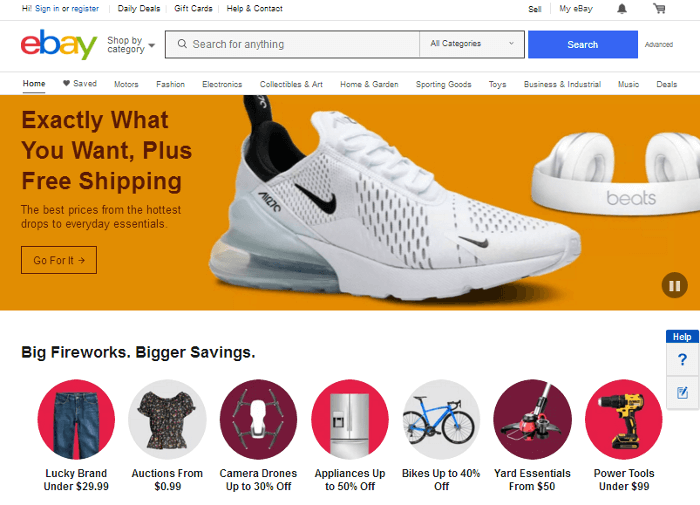

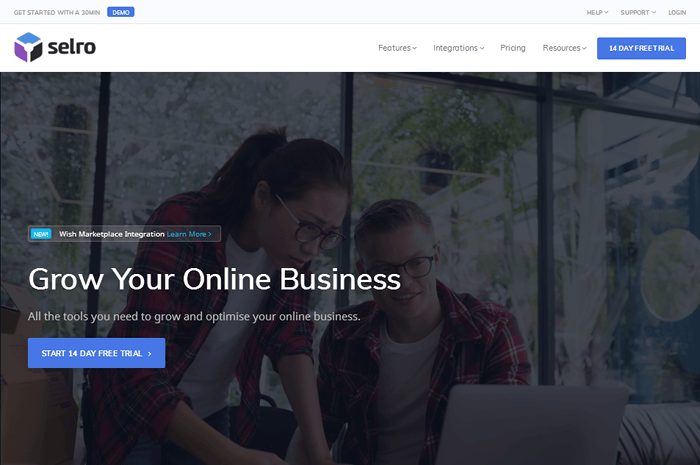
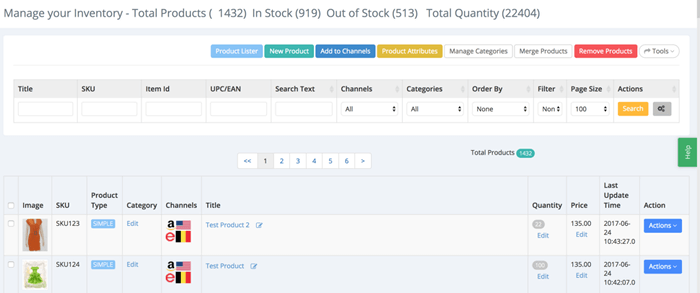
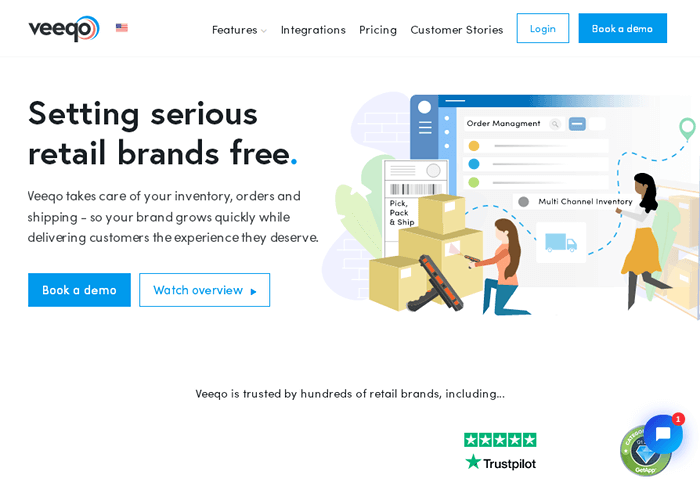
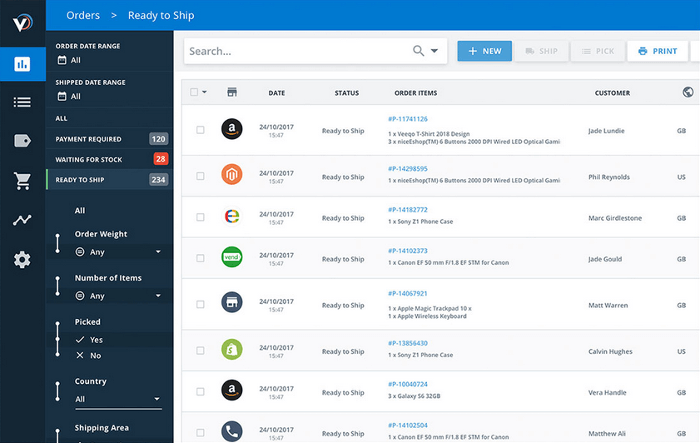
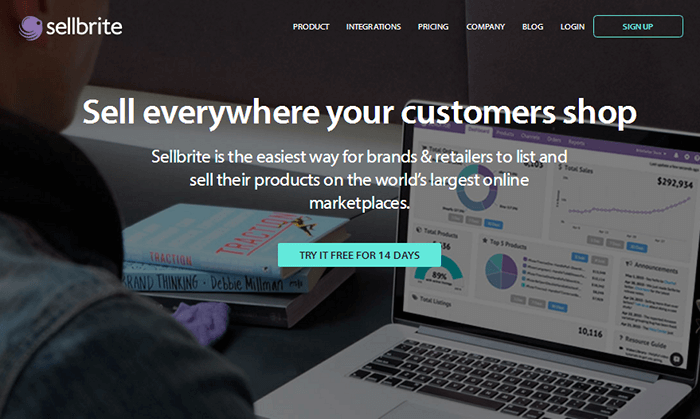
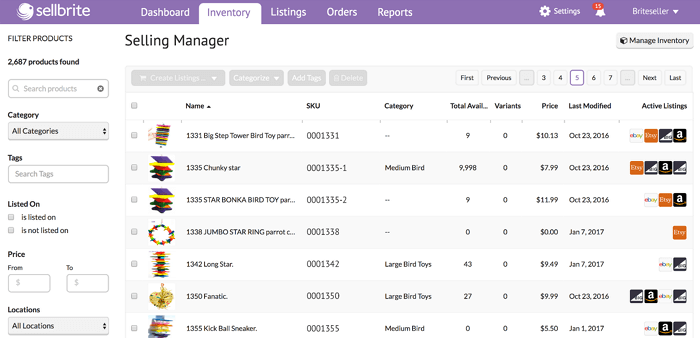
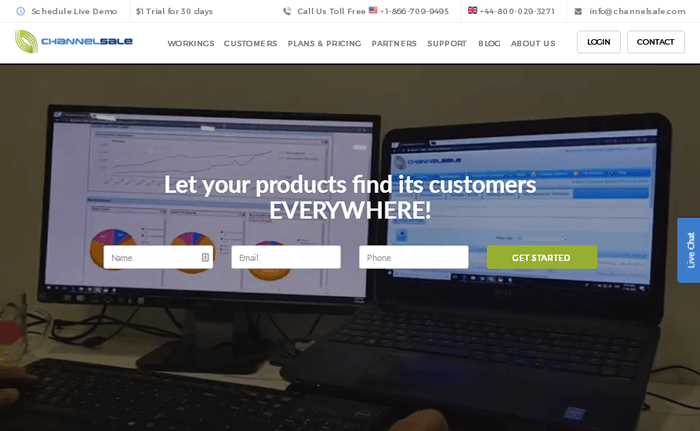
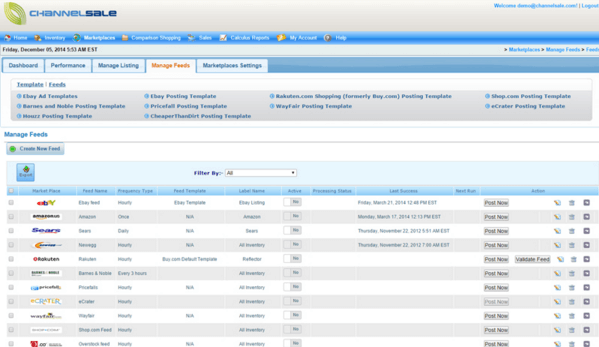
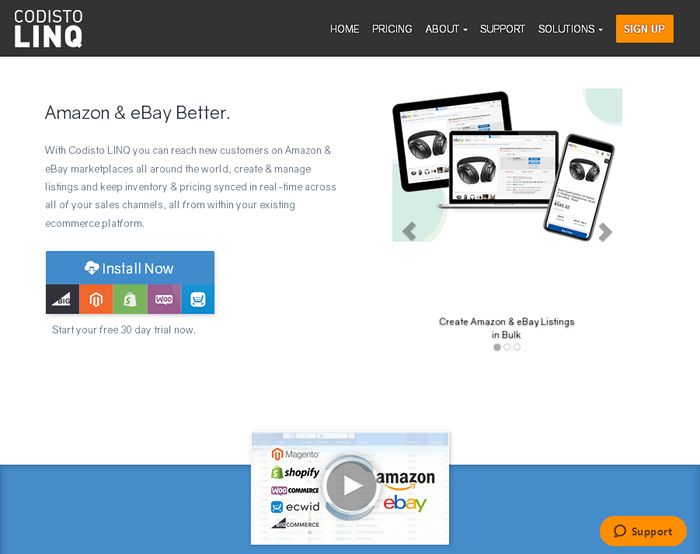
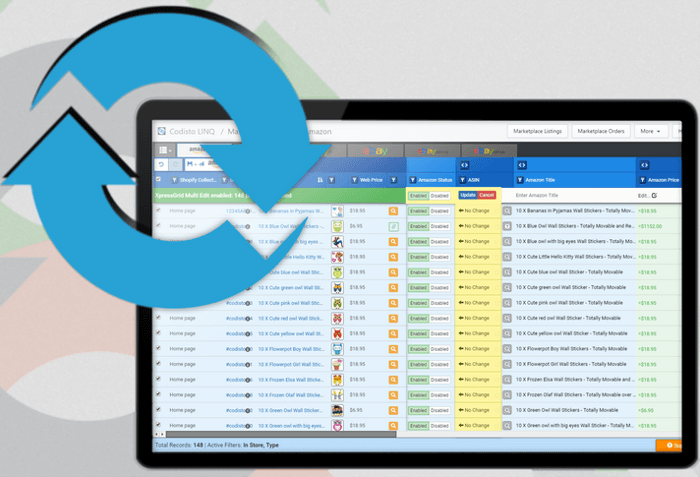
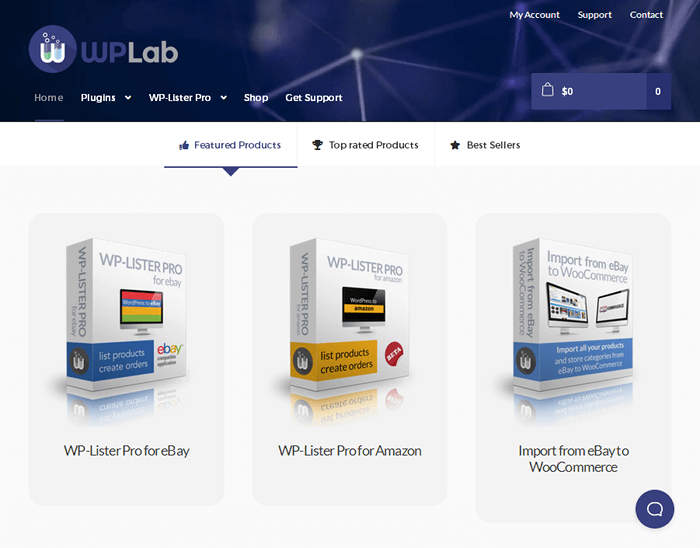
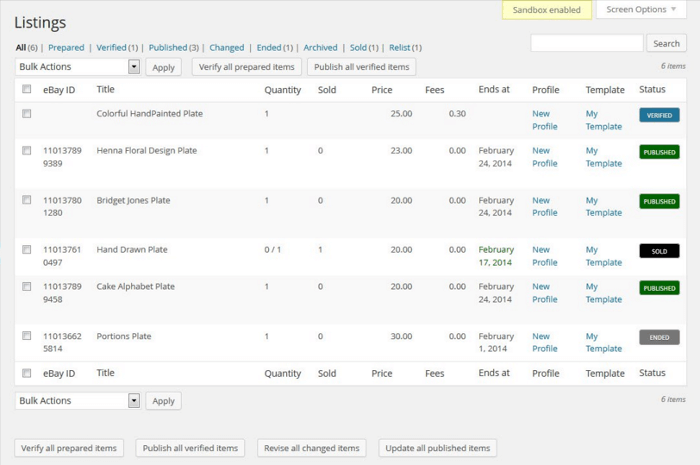
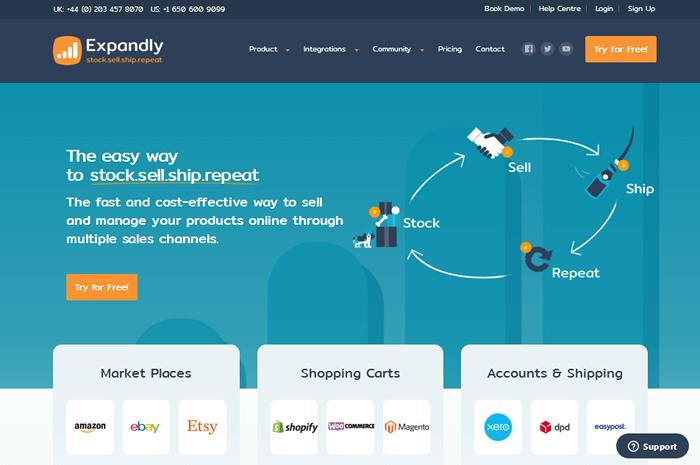
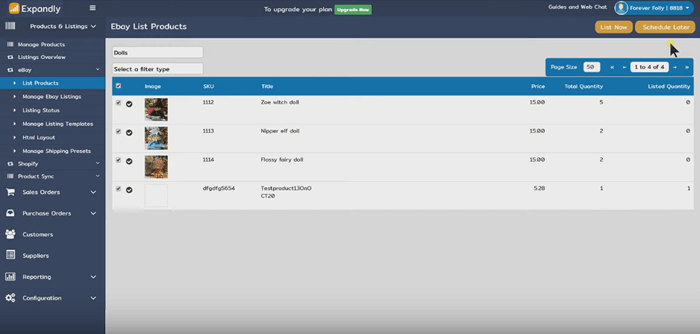

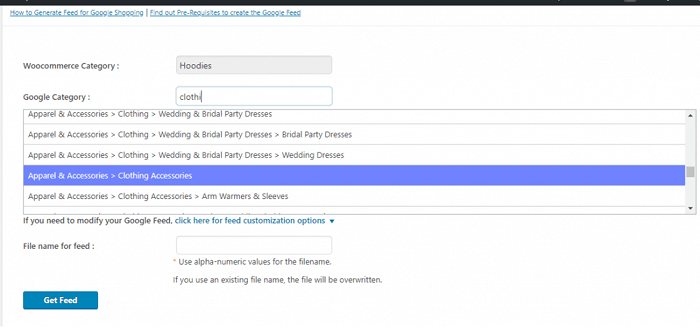
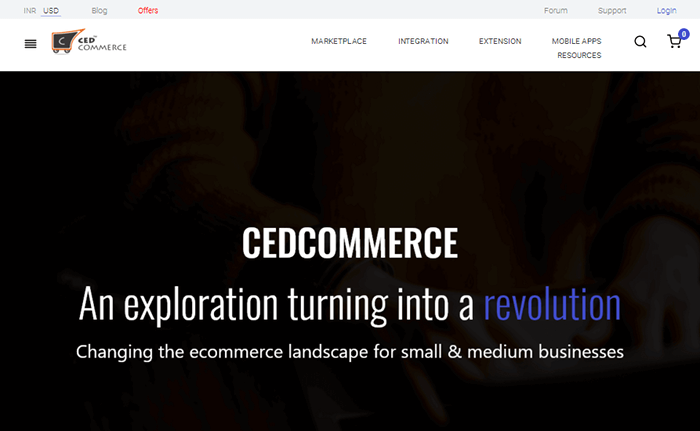
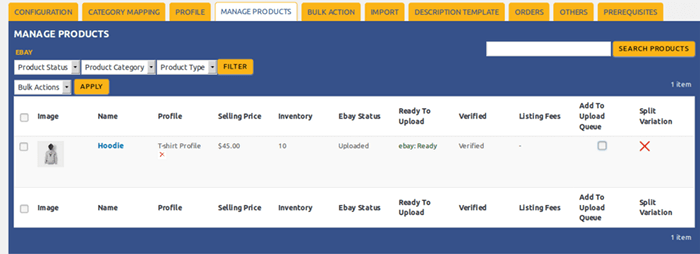
 Shares
Shares